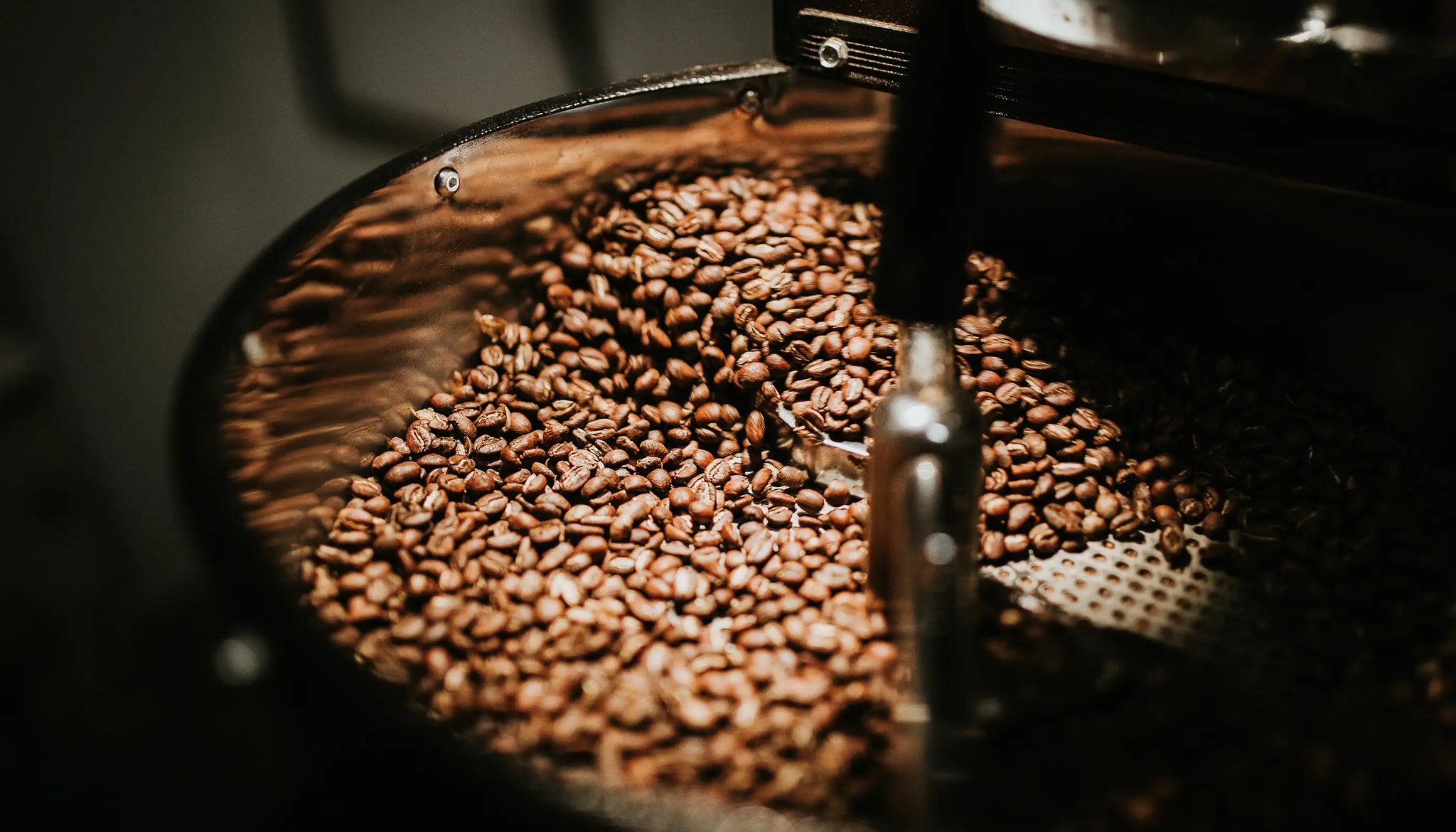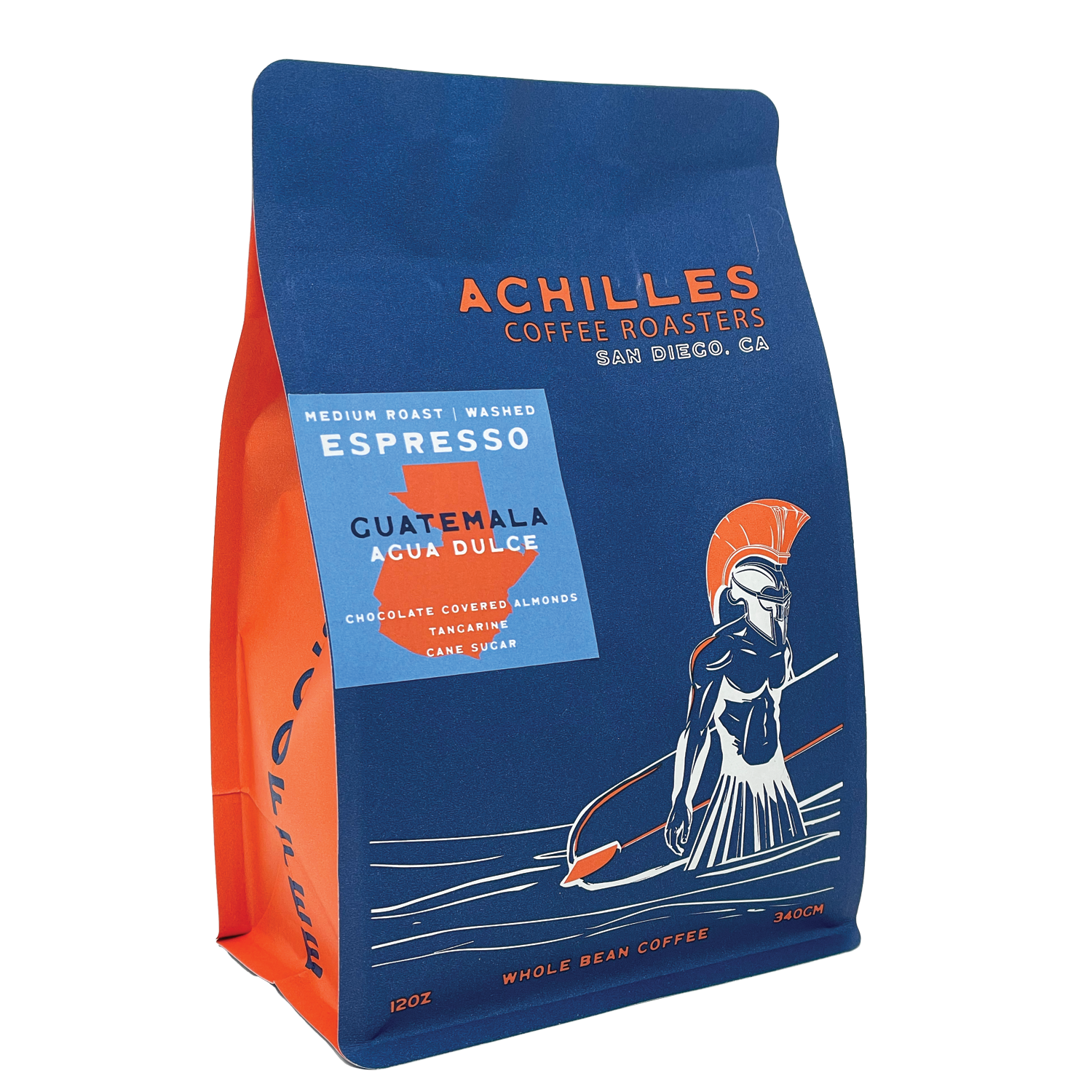Why Brew Lovers Prefer SOE Single Origin Espresso for Purity
Why Brew Lovers Prefer SOE Single Origin Espresso for Purity
Blog Article
Checking Out the Abundant Tastes of Coffee Beans: a Deep Dive Into Espresso and Blended Coffee Beans
When you explore the rich flavors of coffee beans, you reveal a complicated globe where each selection brings its very own personality to your cup. As you browse via the art of espresso and the imagination behind combined coffees, you'll start to appreciate the nuances that make each sip one-of-a-kind.
The Origins of Coffee Beans: Exploring Terroir and Flavor Profiles
When you take a sip of coffee, you're not simply taking pleasure in a beverage; you're experiencing an abundant tapestry of tastes formed by the beans' beginnings. Each area generates unique taste accounts influenced by soil, altitude, and environment. For circumstances, beans from Ethiopia typically break with brilliant, fruity notes, while those from Colombia have a tendency to use a balanced, nutty sweet taste.
As you check out various origins, you'll observe exactly how terroir-- the ecological factors affecting a plant-- plays a crucial duty - Single Origin Espresso. The very same coffee variety can taste considerably different depending upon where it's expanded
When you take into consideration these factors, you start to appreciate the complexity behind your cup. Each sip narrates of the land and the farmers who supported the beans. Following time you indulge, believe concerning the trip your coffee took prior to it reached your hands, and enjoy those intricate tastes that show its beginning.
Understanding Coffee: The Art and Scientific Research Behind the Mixture
When you believe regarding espresso, it's not practically the strong taste; it's also concerning the techniques that bring it to life. Recognizing just how different prep work methods impact taste can change your developing experience. Let's check out the ins and outs of coffee prep work and uncover the distinct taste accounts that make each mug special.
Espresso Preparation Techniques
Coffee prep work is both a scientific research and an art, integrating exact strategies with a deep understanding of coffee. To start, you'll intend to pick top notch, freshly roasted beans and grind them carefully for suitable extraction (Single Origin Espresso). The work size is vital; too rugged, and your coffee will be weak, too great, and it'll be bitter
Following, tamp the grounds uniformly in the portafilter to assure uniform extraction. When you lock it right into the device, go for a developing temperature between 190 ° F and 205 °
F.As you draw the shot, look for the excellent extraction time-- around 25-30 secs. The result should be a rich, velvety coffee with a beautiful layer of crema ahead. With practice, you'll understand these strategies.
Flavor Profiles Explained
The globe of coffee supplies an abundant tapestry of flavor profiles that can elevate your coffee experience. Light roasts usually showcase intense level of acidity and vibrant tastes, while dark roasts existing deeper, bolder tones.
Recognizing these accounts helps you select the right espresso for your taste. Explore various blends can reveal surprising mixes. A well-crafted blend could balance the bright notes of an Ethiopian bean with the rich, chocolatey undertones of a Brazilian bean. Embrace the journey of discovering espresso's diverse flavors, and you'll transform your coffee routine into an amazing journey.
Processing Approaches: Exactly How They Impact Taste and Scent
While it could appear that the beginning of coffee beans is one of the most significant consider identifying their taste and aroma, the handling methods made use of post-harvest play a just as crucial duty. You'll discover that these techniques can considerably modify the last preference profile of your cup.
For circumstances, the washed process gets rid of the fruit from the beans prior to fermentation, commonly leading to a cleaner, brighter flavor. At the same time, the natural process leaves the fruit intact during drying, leading to a sweeter, fruitier account.
Various other techniques, like honey processing, strike a balance, enabling some fruit mucilage to remain, supplying an one-of-a-kind intricacy.
Each processing method engages with the beans' intrinsic attributes, enhancing or silencing details tastes and aromas. So, when you sip that coffee or blended coffee, keep in mind that the trip from cherry to mug is affected not just by origin however additionally by how those beans were refined.
Toasting Techniques: Opening the Complete Potential of Coffee Beans
Roasting strategies are essential for disclosing the complete capacity of coffee beans, as they change raw, green beans into the fragrant, savory coffee you delight in. The selection of toasting technique-- light, medium, or dark-- significantly affects flavor profiles. Light roasts preserve the beans' natural acidity and fruity notes, while medium roasts balance sweet taste and richness. Dark roasts, on the other hand, stress strong, great smoky tastes.
A slower roast at lower temperatures enables for complicated tastes to create, while a quicker roast can intensify anger. By understanding these strategies, you'll expose a globe of flavor, raising your coffee experience to new heights.
The Magic of Blended Coffee: Producing Unique Flavor Experiences
Developing a special flavor experience with blended coffee can transform your early morning routine right into an expedition of preference. By combining different beans from different regions, you can reveal a harmony of flavors that elevate your mug to new heights. Each mix offers an unique visit our website profile, balancing sweet taste, body, and level of acidity to create something genuinely special.
When you select a blend, you're not just picking a coffee; you're picking a trip throughout varied landscapes and cultures. Try out different mixes enables you to uncover your individual faves, whether you enjoy fruity notes or abundant, chocolatey undertones.

Sampling Notes: Identifying the Nuances in Your Mug
As you drink your coffee, you may observe a range of tastes dancing on your taste buds, each disclosing the ins and outs of the beans. You may taste the bright level of acidity similar to citrus or the deep, rich notes similar to dark delicious chocolate. The sweetness might stimulate honey or sugar, balancing the total account magnificently.
Take note of the body of the coffee-- does it really feel airy and light, or is it full and creamy? The coating, also, provides ideas; a sticking around aftertaste might mean nuttiness or flower touches.

Don't neglect to explore the one-of-a-kind qualities of different origins, as each area gives distinct flavors - Single Origin Espresso. Ethiopian coffees usually existing fruity notes, while Colombian beans may showcase a more spherical sweetness. By acknowledging these subtleties, you'll grow your recognition for each and every cup, raising your coffee experience to brand-new heights

Brewing Techniques: Making The Most Of Taste Extraction for Every Bean
When you discover the different developing approaches, you'll find that each technique can considerably impact the taste account of your coffee. From French press to pour-over, each approach essences different compounds, boosting or silencing details notes. Utilizing a French press enables oils to continue to be in the brew, creating a richer preference, while pour-over emphasizes clarity and illumination.
Temperature level and grind dimension also play necessary roles. A coarser grind works best for cool mixtures, while a great work is ideal for coffee. Trying out water temperature level-- in between 195 ° F and 205 ° F-- can expose hidden tastes, also.
Don't fail to remember concerning steeping time; a fast extraction can lead to sour notes, while over-extraction might yield resentment. By adjusting these variables, you can make best use of taste removal and truly elevate your coffee experience. Delight in the Check Out Your URL trip of discovering what method best suits your taste buds!
Often Asked Questions
What Is the Suitable Water Temperature Level for Developing Coffee?
The optimal water temperature level for developing coffee's between 195 ° F and 205 ° F. If you use water that's too warm, you'll over-extract tastes; too cool, and you won't draw out enough. Go for that sweet area for the very best mixture!
Just How Does Work Size Impact Coffee Taste?
Work size substantially impacts coffee flavor. Better grinds extract extra oils and flavors, leading to a bolder preference, while coarser grinds return a lighter taste. Changing work size aids you achieve your preferred coffee profile.
Exist Health Perks Linked With Drinking Coffee?

What Is the Distinction In Between Arabica and Robusta Beans?
Arabica beans are smoother and sweeter, often including fruity tastes, while robusta beans are stronger with a bitter preference and greater high levels of caffeine web content. You'll discover these distinctions in scent and brewing experience.
Exactly How Can I Shop Coffee Beans for Freshness?
To store coffee beans for freshness, keep them in a closed container, far from moisture, light, and warm. You'll preserve their taste much longer if you only grind what you require right prior to brewing.
Checking Out the Abundant Flavors of Coffee Beans: a Deep Dive Into Espresso and Blended Coffee Beans.
When you explore the abundant tastes of coffee beans, you reveal an intricate globe where each variety brings its own personality to your mug.When you take a sip of coffee, you're not simply enjoying check my blog a beverage; you're experiencing an abundant tapestry of tastes shaped by the beans' beginnings.Roasting techniques are crucial for disclosing the complete possibility of coffee beans, as they change raw, green beans into the fragrant, delicious coffee you take pleasure in.As you drink your coffee, you may observe a spectrum of tastes dancing on your taste buds, each revealing the ins and outs of the beans.
Report this page